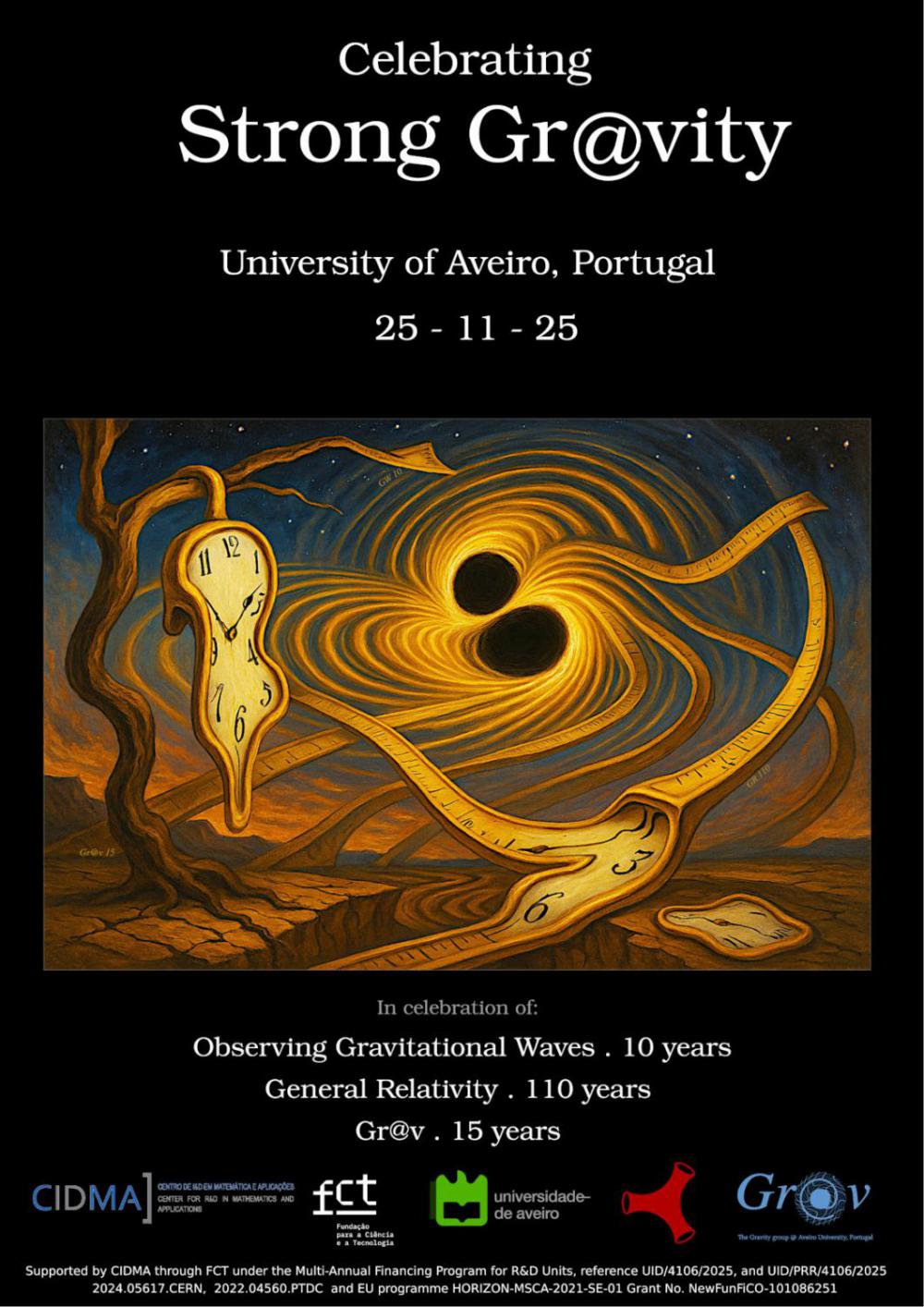How much can gravitons be squeezed?

Dyson, just before the first detection of Gravitational Waves (GWs) by LIGO, raised the question of whether the detection of a single graviton can be achieved with GW strain detectors. If this is possible, then it would be a direct evidence for the quantization of the gravitational field.



